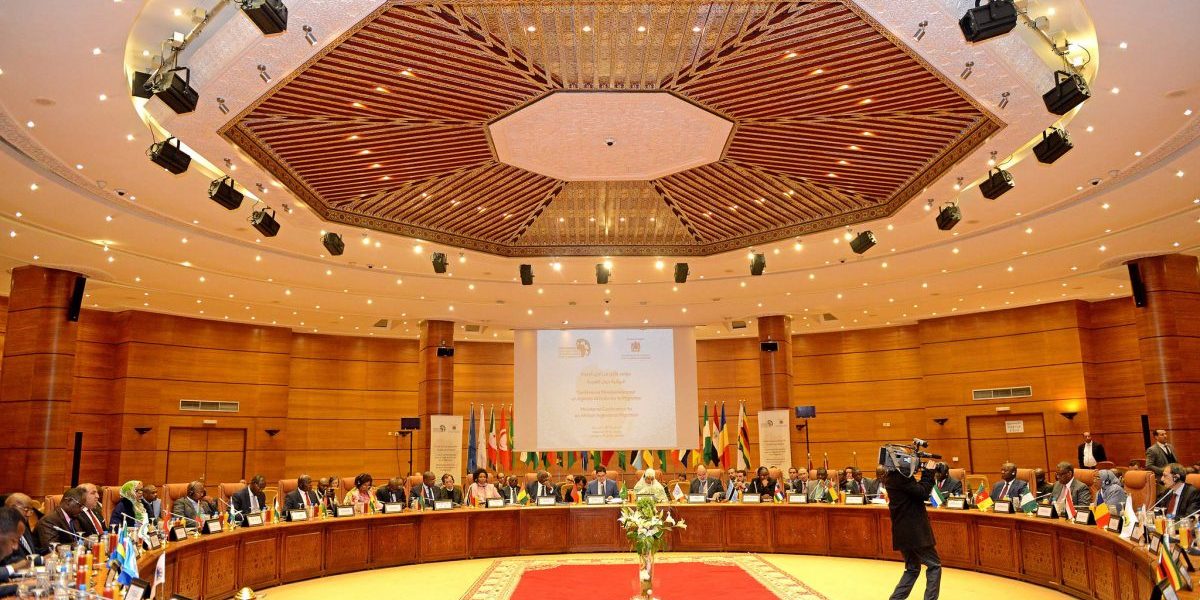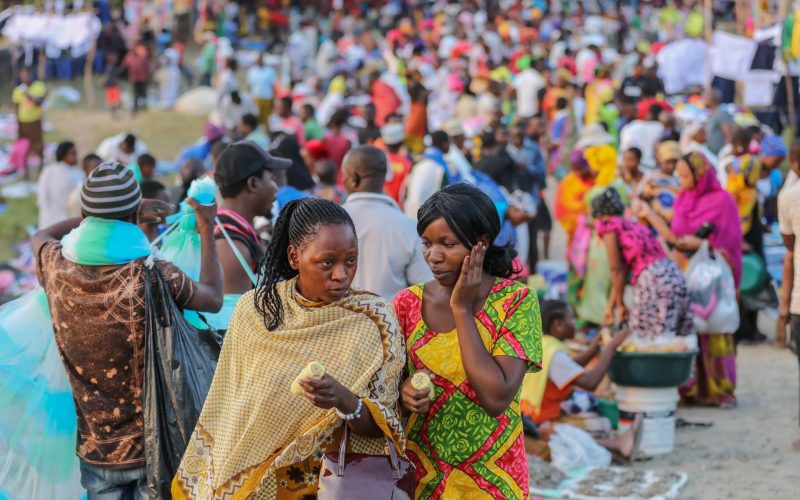These negotiations were carried out in terms of the Cotonou Agreement which seeks to replace non reciprocal trade preferences (under the Lome Agreement), which the ACP countries have been receiving from the EU. The aim was to conclude full and comprehensive agreements by the end of 2007 so as to meet the deadline for bringing the EU’s preferential trade arrangements for goods with the ACP countries into conformity with the World Trade Organization’s (WTO) General Agreement on Tariffs and Trade (GATT).
These negotiations were carried out through various regional groups like the Southern African Development Community (SADC); the Economic Community of West African States (ECOWAS); the Economic and Monetary Commission of Central Africa (CEMAC); the Caribbean Forum (CARIFORUM) and the Pacific Forum. By December 2007, only the CARIFORUM had managed to conclude a comprehensive EPA with provisions on intellectual property rights (IPRs). However, all the other groups went only as far as initialling ‘goods only’ interim EPAs (IEPAs).
Regarding the second phase of negotiations, the SADC IEPA expressly provides for further negotiations on “new generation” issues: trade in services, investment, competition and government procurement. Clearly, this does not include IPRs. The only mandate to include IPRs is strengthening further cooperation pursuant to Article 46 of the Cotonou Agreement. SADC EPA countries are not committed to negotiating on IPRs and may exclude them entirely from the negotiations. However, the EU has emphasized that there are issues that must be included in the EPAs, one of which is IPRs.
There is a possibility that IPR provisions in the EU- CARIFORUM may influence the negotiations of other EPAs. In that agreement, the EU has made provisions for higher IPR standards than what is provided in the WTO Trade Related Aspects of Intellectual Property Agreement (TRIPS Agreement). It is important to highlight that the implementation of the TRIPS Agreement already raises many issues and challenges for developing countries including the SADC IEPA countries (three of which are Least Developed Countries). These challenges range from the impact of the various categories of the IPRs covered under the Agreement on the development of various sectors, to administrative and financial challenges especially with respect to enforcement.[1] Consequently, the inclusion of IPR in the EPAs (let alone TRIPS- plus provisions) may have a number of serious development-related consequences for SADC countries. It is important that these considerations should be kept in mind when considering IPR issues in the EPAs generally and SADC countries in particular.
In this vein, before an IPR section can be included in the SADC IEPA, there is need to have an in depth analysis on the following issues among many others:
The impact on copyright and access to educational materials on the internet as a result of accession of SADC countries to the 1996 World Intellectual Property Organization (WIPO) Copyright Treaty and 1996 WIPO performers and Phonograms Treaty commonly referred to as the ‘1996 Internet Treaties.’ These treaties basically deal with issues of production, use, distribution of digital content and circumvention of technological protection measures (TPMs). Most ACP countries including those in the SADC IEPA group have not fully explored and used technologies being protected in the ‘internet treaties’. Moreover, the EU proposal leaves out the language in the treaties which allows member states to extend their existing exceptions and limitations to digital content and formulate new exceptions appropriate for such content.
In the area of plant variety protection, the EU is proposing that ACP countries accede to the 1991 Act of the International Convention for the Protection of New Plant Varieties (UPOV 1991 Act), a treaty which provides IPR protection to plant breeders for their new plant varieties. There is need to seriously consider the dynamics in seed management between large seed corporations and traditional farmers within the SADC region since adopting any system of plant variety protection may have consequences for regional food security.
Developing countries generally have specific interests in the protection of genetic resources, traditional knowledge and folklore. The EU, however only proposes to encourage this without prejudice to the current relevant multilateral discussions. SADC countries may take the opportunity through the EPAs to address some of the concerns which include bio piracy and misappropriation of their traditional knowledge and genetic resources. However, this should be done cautiously as it may lead the EU to ask for concessions elsewhere.
The EU’s proposals on enforcement seem to a large extent to be a transposition of the EU Enforcement Directive. This Directive has many provisions that are TRIPS-plus as it covers wider subject matter and creates new presumptions in favour of right holders. SADC countries need to seriously look at the implications of the proposals on enforcement as it relates to rights of the right holders, public health safeguards, and application of these standards within their judicial and policing systems.
Most importantly, SADC countries have to analyze the developmental impact of IPR provisions on their national industries’ innovation and technology advancement. For most SADC countries, domestic innovation remains low. Efforts to assist potential local innovators are inadequate and unsustainable. For IPRs to incentivize innovation in developing countries there is need to have sufficient understanding of how the IPR system works and the options available appropriate to SADC countries circumstances. They, therefore, need to develop an integrated approach at institutional, national and international levels. Institutionally, firms and research institutions must build capacity to utilize and manage IPRs. Nationally, enabling policies to encourage increased expenditure on public and private sector research and development (R&D) and a positive environment for business to thrive must be created and implemented. Internationally, they must ensure that their interests are represented and codified in both multilateral and bilateral fora and instruments. Clearly, this requires a thorough understanding of the ‘rules of the game’ as well as national interests. [2]
Even though the current state of the IEPA does not include IPR as an issue for negotiations, SADC IEPA countries still need to prepare themselves by developing policy frameworks within which they will be negotiated. This is because in all probability the EU will raise them within the context of the negotiations.
Dorica Suvye Phiri is a trade intern with the Development through Trade (DtT) programme at the South African Institute of International Affairs (SAIIA). She is currently working on the Intellectual Property Rights Project. She was recently declared the first runner up in the IQsensato Research Awards, No. 1 (2008): A writing Competition on the World Intellectual Property Rights (WIPO) Development Agenda.
[1] Commission on Intellectual Property Rights (2002) Integrating Intellectual Property Rights and Development Policy; Report on the Commission on Intellectual Property Rights, London, CIPR.
[2] R. Wolson, Intellectual Property Tools, Innovation and Commercialization of R&D: Options to assist Developing countries in positioning themselves to reap the benefits of a stronger intellectual Property regime, with special reference to the role of intellectual Property management in research organizations’ ICTSD/ UNCTAD/TIPS Regional Dialogue ‘Intellectual Property Rights (IPRs), Innovation and Sustainable Development in Eastern and Southern Africa’ 29June – 1 July 2004, Cape Town, South Africa available at http://ictsd.net/downloads/2008/03/2004-06-29_wolson.pdf accessed on 5th November 2008.






